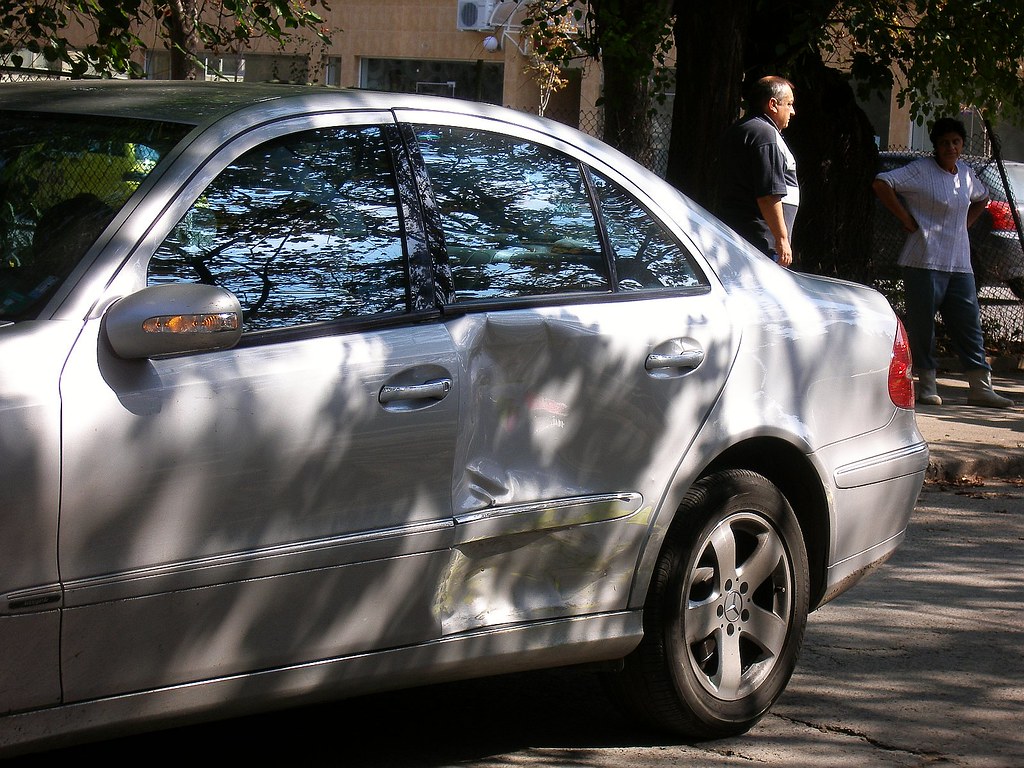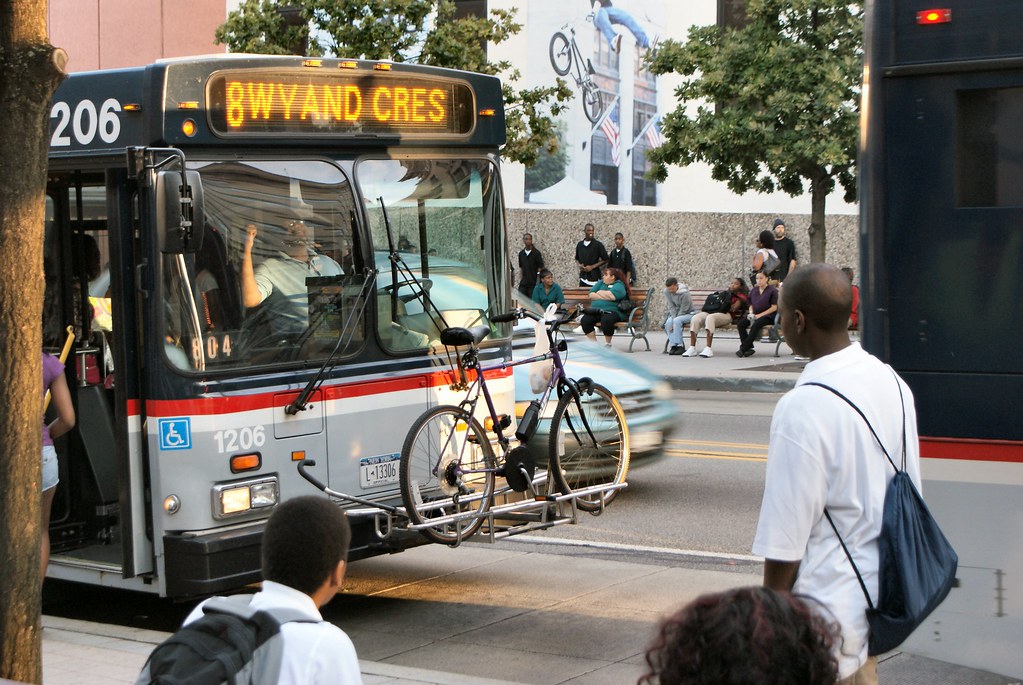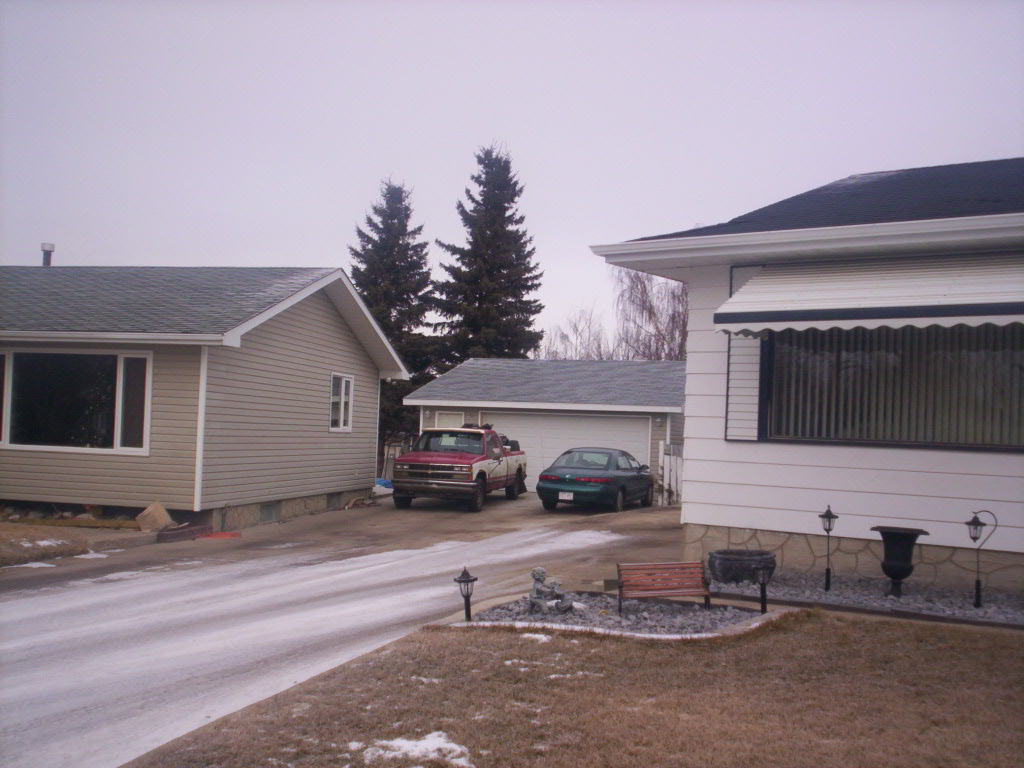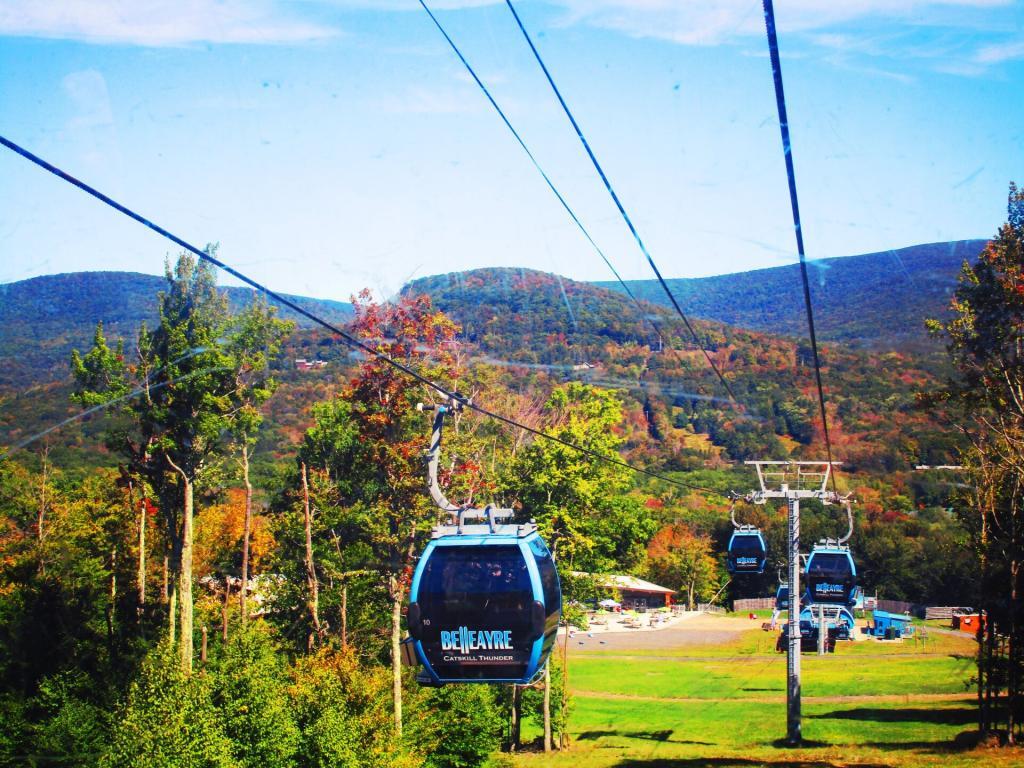I am a believer in off-street parking for all urban residents. I think single family or small apartment buildings offer more green space, and better protect people’s second largest investment — their automobile. On-street parking is troublesome for many reasons:
- Cars get damaged from other cars parallel parking, accidents, vandalism.
- Cars parked on-street take up room that could be used by pedestrians, bus lanes, bicyclists.
- Cars parked on street have to drive around searching for a space.
- Cars parked on street have to be moved every couple of days to allow for street cleaning and repair.
In contrast is the alternative off-street parking. Unlike some claim, providing off-street parking does not require people to be automobile dependent or even frequently use their automobile. Indeed, many more suburban areas like Albany or Delmar can provide an urban experience, not reliant on private automobiles.Good urban areas should include an off-street residential parking component:
- Off street parking allows cars to sit for a weeks at a time, when they are unneccessary for urban trips made on foot, by bicycle, or by mass-transit.
- It protects people’s investments in expensive automobiles while they are being used, and keeps people from having to move the automobiles for street cleaning.
At the same time, off-street parking should be intregrated with a quality urban environment, that allows automobiles to be largely reserved for recreational purposes.
- Regular frequent transit within a couple of a blocks, with frequent trips to shops and other major employment.
- Roads with side walks with trees to comfort the walker, and medians that are tree lined, to provide more beauty and enjoyment.
- Small stores nearby to provide convience items, along with frequent bus service to larger shopping center for more specialized items and lower prices.
Off-street parking need not take up a lot of space. Off-street parking can be accomidated in many compact ways:
- Short driveways/paths from alleys to garages behind houses.
- Short driveways between houses, just long enough to get a couple of cars off the street.
- Small areas next to houses, just large enough to park cars.
While it makes a lot of sense to have off-street parking for the primarily recreational automobile, on-street parking should be kept too for the visitor or even the secondary “beater” automobile. While most residences should have off-street parking, it makes sense to allow additional people to come, using private automobiles if they so choose, for occassional events.




